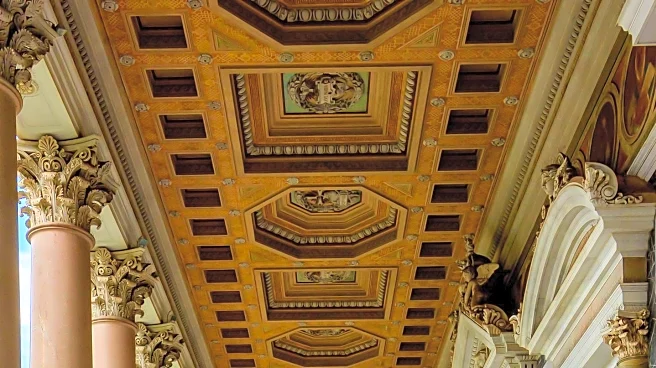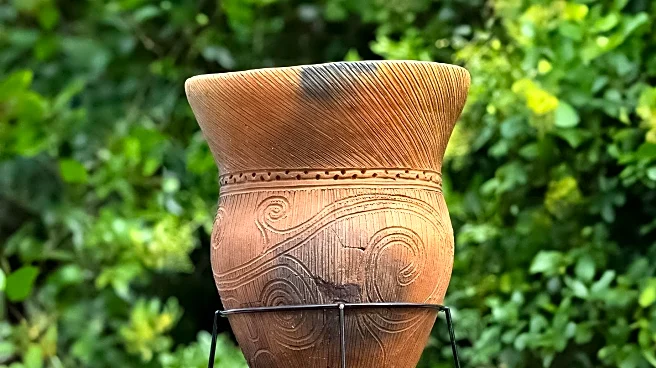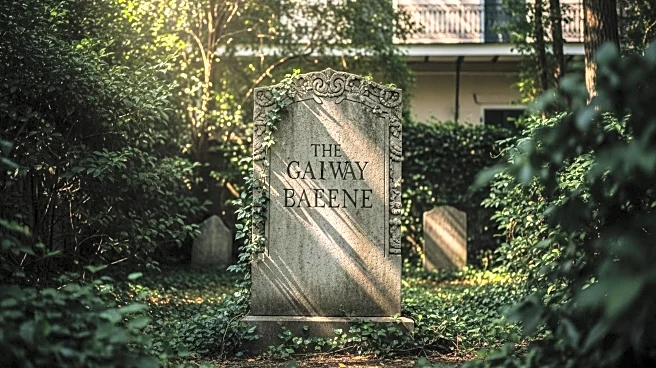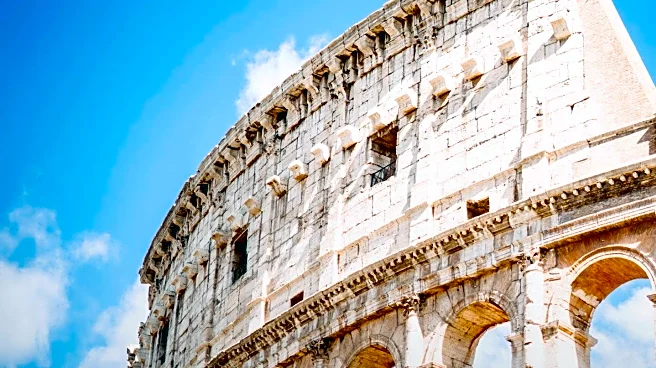What is the story about?
What's Happening?
The Museum of Italian Jewish Art is currently hosting an exhibit titled 'Ripples of Venice,' which opened on September 18 and will run until May 1. This exhibit takes visitors on a historical journey through the centuries of the Jewish community in Venice and other parts of Italy. The exhibition highlights the survival and resilience of Italian Jewry, showcasing artifacts and stories that reflect their cultural and historical significance. A notable feature of the exhibit is the story of Umberto Nahon, who played a crucial role in saving the synagogue from Conegliano, Italy, from destruction.
Why It's Important?
This exhibit is significant as it sheds light on the rich history and cultural contributions of the Jewish community in Italy, particularly in Venice. By exploring the survival and resilience of Italian Jewry, the exhibit provides valuable insights into the broader narrative of Jewish history in Europe. It serves as an educational resource for visitors, fostering a deeper understanding of the challenges faced by Jewish communities and their enduring legacy. The preservation of historical artifacts and stories is crucial for cultural heritage and offers an opportunity for reflection on past struggles and achievements.
What's Next?
The exhibit will continue to be open to the public until May 1, offering ongoing opportunities for visitors to engage with the historical narratives presented. It is expected to attract scholars, historians, and individuals interested in Jewish history and cultural heritage. The museum may host related events or discussions to further explore the themes of the exhibit, encouraging dialogue and education on the subject. Additionally, the exhibit could inspire similar initiatives in other museums, promoting the preservation and celebration of Jewish history globally.
Beyond the Headlines
Beyond the immediate impact of the exhibit, there are deeper implications regarding the preservation of cultural heritage and the role of museums in educating the public. The exhibit highlights the importance of safeguarding historical sites and artifacts, which are vital for understanding cultural identities and histories. It also underscores the need for continued efforts in documenting and sharing the stories of minority communities, ensuring their contributions are recognized and remembered. This initiative may inspire further research and collaboration among historians and cultural institutions.
AI Generated Content
Do you find this article useful?













